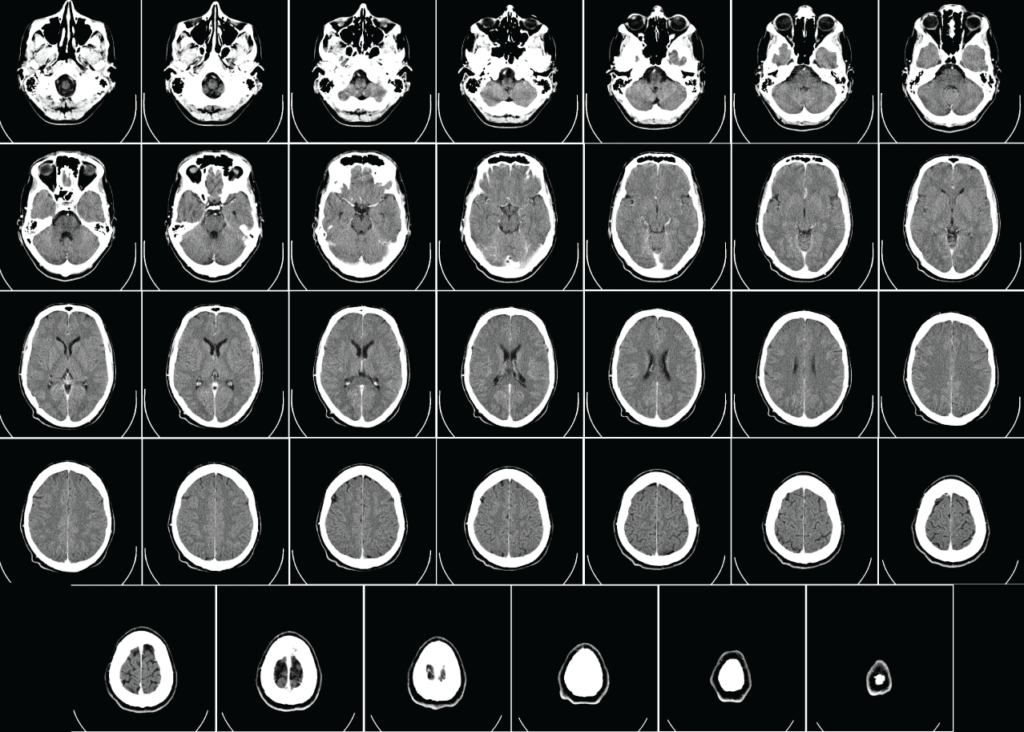In CT scans computerized reconstruction techniques are vital. There are two main techniques; analytical reconstruction and iterative reconstruction. Filtered Back Projection, or FBP, is the most commonly used analytical system. This method has been used since the conception of CT Scanners. It uses what are referred to as reconstruction kernel. This is the filter algorithm program. There are two types of kernels; sharp and smooth. The type used is determined by the clinical diagnosis needed to be determined. Sharp kernels produce higher spatial resolution of an image but create more noise. Sharp kernels are used in diagnosing bone structures. Smooth kernels produce less noise in the images but have lower spatial resolution. Smooth kernels are used to diagnose soft organ tissues. Iterative reconstruction is new to the CT field. It uses detector geometry, focal spot, photon statistics, scattering, and x-ray beam spectrums. It has the capacity to produce up to 65% less noise and produce higher spacial resolution. It also has shown promising results in the reduction of image artifacts. These images have a different appearance of noise and textures than the mainstream FBP methods. They also have a high computation load resulting in major difference in intrinsic data handling. Clinical evaluation and reconstruction optimization techniques will need to be further honed before this method becomes widely used in medical facilities.

